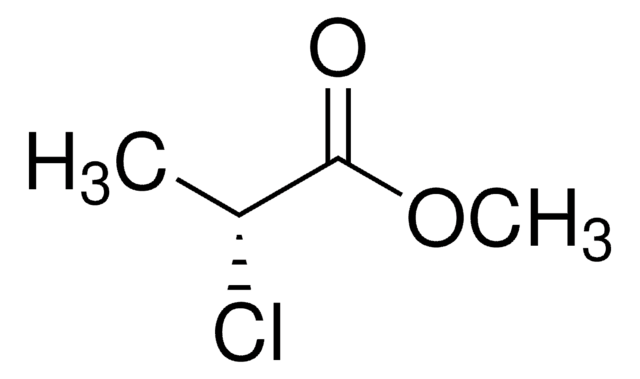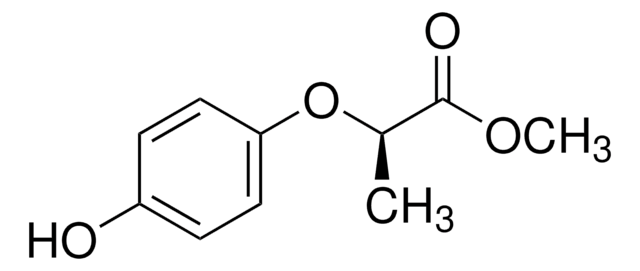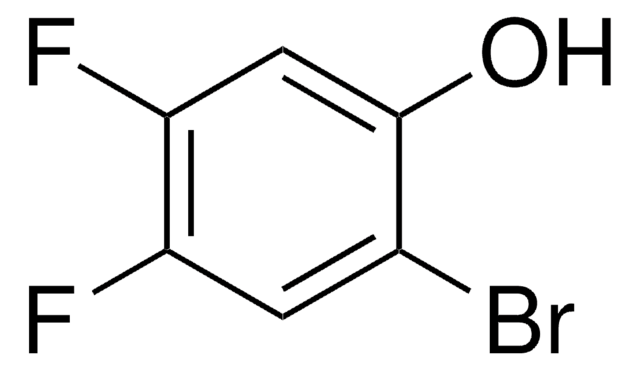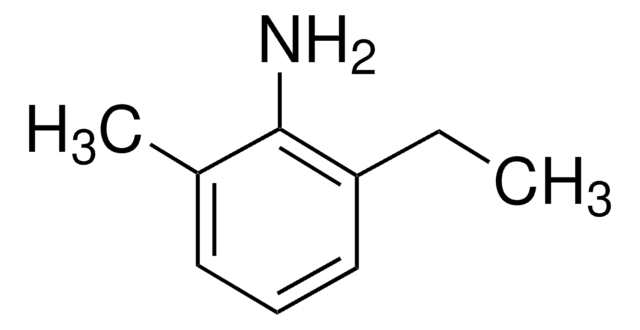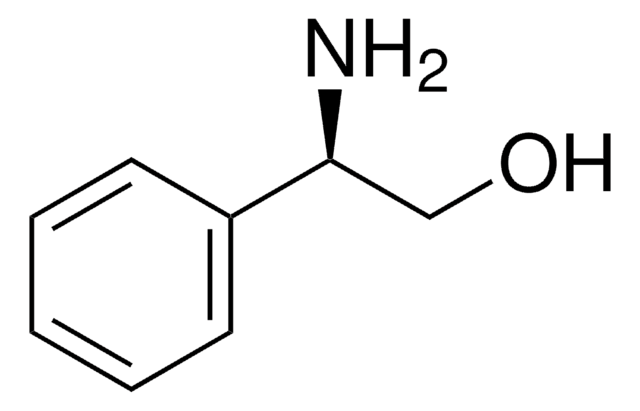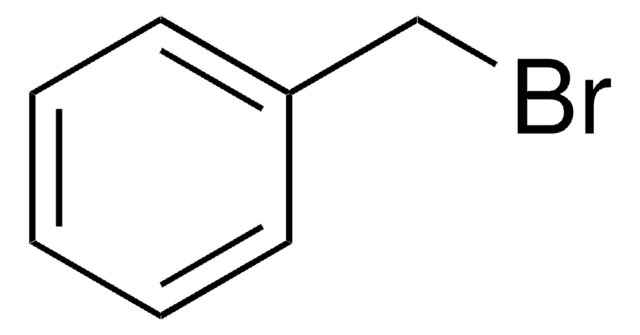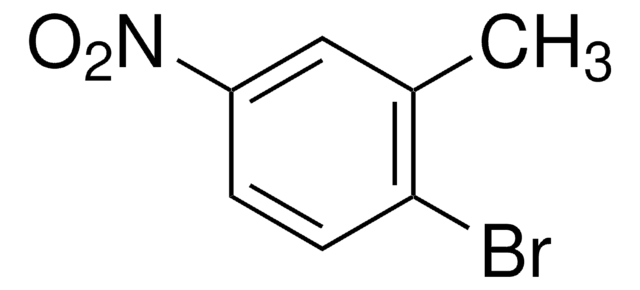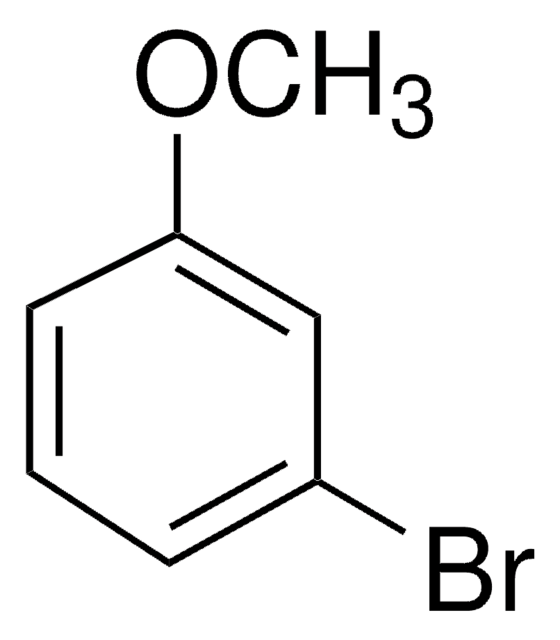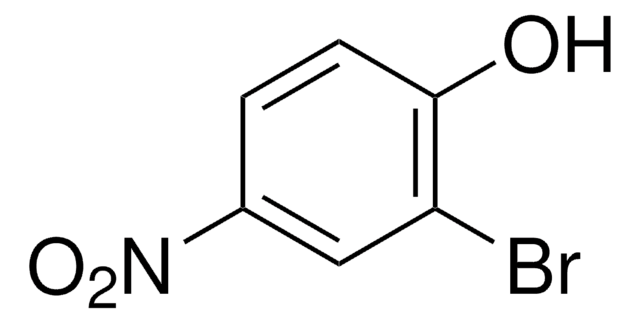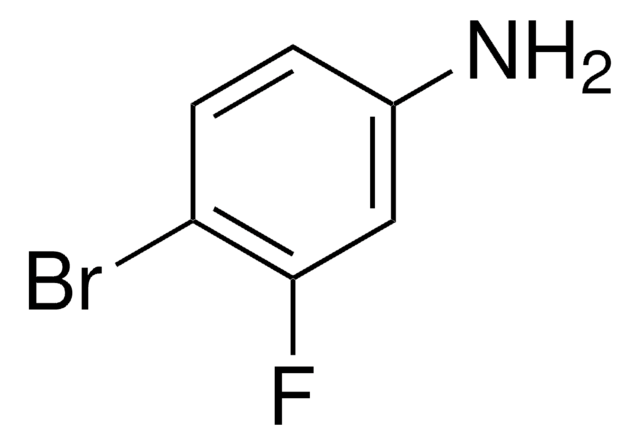All Photos(1)
About This Item
Linear Formula:
BrC6H3(F)OH
CAS Number:
Molecular Weight:
191.00
MDL number:
UNSPSC Code:
12352100
PubChem Substance ID:
NACRES:
NA.22
Recommended Products
Quality Level
Assay
97%
form
liquid
refractive index
n20/D 1.553 (lit.)
density
1.717 g/mL at 25 °C (lit.)
functional group
bromo
fluoro
SMILES string
Oc1cc(F)ccc1Br
InChI
1S/C6H4BrFO/c7-5-2-1-4(8)3-6(5)9/h1-3,9H
InChI key
HUVAOAVBKOVPBZ-UHFFFAOYSA-N
General description
2-Bromo-5-fluorophenol an aryl fluorinated building block.
Application
2-Bromo-5-fluorophenol may be used for the preparation of reaction intermediates required for the synthesis of polycyclic 5-HT3 and 5-HT4 antagonists. It may be used for the the nucleophilic substitution of the 2,2′,4,4′-tetrabromodiphenyl iodonium chloride (iodyl salt).
Signal Word
Warning
Hazard Statements
Precautionary Statements
Hazard Classifications
Eye Irrit. 2 - Skin Irrit. 2 - STOT SE 3
Target Organs
Respiratory system
Storage Class Code
10 - Combustible liquids
WGK
WGK 3
Flash Point(F)
188.6 °F - closed cup
Flash Point(C)
87 °C - closed cup
Personal Protective Equipment
dust mask type N95 (US), Eyeshields, Gloves
Regulatory Information
新产品
Choose from one of the most recent versions:
Already Own This Product?
Find documentation for the products that you have recently purchased in the Document Library.
Johannes Klösener et al.
Chemical research in toxicology, 22(1), 179-186 (2008-12-30)
Polybrominated diphenyl ethers (PBDEs) are flame retardants applied as coatings to many consumer products, including household items. PBDEs are released and produce airborne vapors and dusts. Inhalation of particle-phase and/or gas-phase PBDEs is therefore a major route of exposure. In
Stereospecific synthesis of mexiletine and related compounds: Mitsunobu versus Williamson reaction.
Carocci A, et al.
Tetrahedron Asymmetry, 11(17), 3619-3634 (2000)
Our team of scientists has experience in all areas of research including Life Science, Material Science, Chemical Synthesis, Chromatography, Analytical and many others.
Contact Technical Service